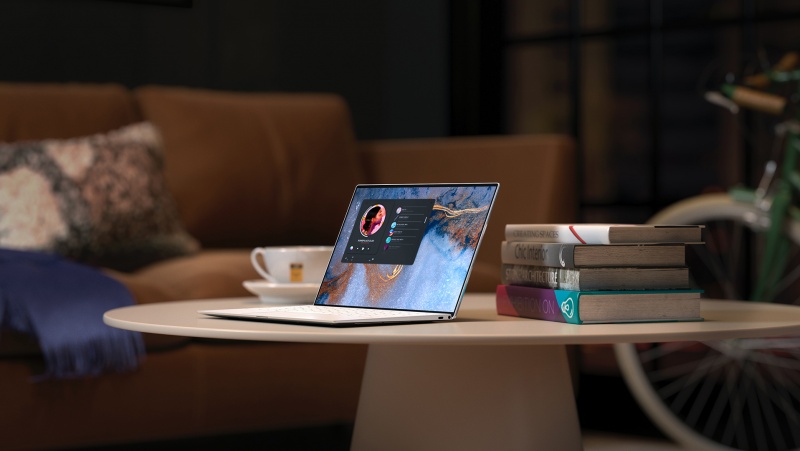The UK’s furlough scheme is successfully up and running, offering employers the ability to claim up to 80% of eligible employee wages for a maximum value of £2,500 per month. This generous scheme has been implemented quickly with around 140,000 UK companies applying to the government scheme for around one million workers. The Coronavirus Job Retention Scheme System (CJRS) has been estimated to be at a cost to the UK Treasury of £42 billion over the initial three months, with potential take-up of up to 8.3 million workers between now and the end of June. These measures taken by the UK government to stave off mass redundancies and catastrophic unemployment figures have been put in place quickly by the HMRC and have now been confirmed to run until October 2020. But what happens when furlough ends? How do companies relaunch from furlough (if that is indeed possible by the end of October) and return to business as usual?
Be agile and ready adapt your post-lockdown working environment
In discussions with family, friends and colleagues, many wonder if the ‘normal’ office set-up will ever be the same again. Companies feeling the pinch in current difficult situations are struggling with regular large overheads such as office space rental, whilst employees are busy acclimatising at home to their new normal; an office steps away from their living space. Workers are grappling with the drawbacks of isolation and loneliness versus the benefits of increased quality of life thanks to the non-commute.
Dynamic leaders will be talking to their HR Directors about how to accommodate and re-adapt their normal working environment to life post-lockdown. The key to getting this right is understanding:
- The market you operate in
- The needs of your customers and
- What will make your staff happy and motivated
By taking into consideration and balancing the needs of these three factors a company can take the post lockdown environment as an opportunity to reinvent and improve its working operations. This may involve both cost savings for the firm and benefits for employees.
How to prepare for a post-lockdown world:
- Scenario Planning for different sector landscapes and the implications to business in general and staffing specifically
- Preparations to integrate workers that have been furloughed and those that have not back together as a working team
- Reassessing what a normal working day should look like going forward and what flexibility companies are willing to offer
The key to succeeding in coming out of lockdown and creating your company’s very own ‘Happily Ever After’ will surely be listening to your biggest asset; your people, and understanding how their perceptions of an acceptable and stimulating working environment have changed over the course of furlough.



